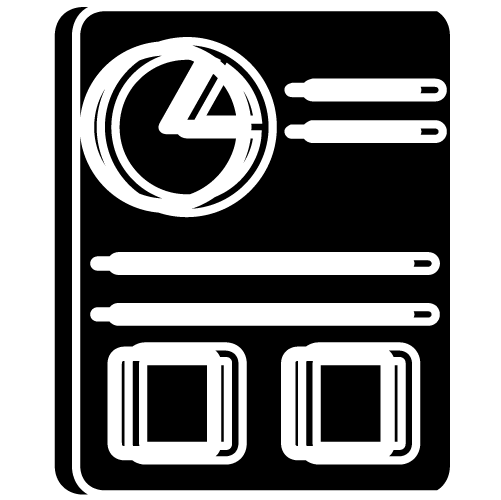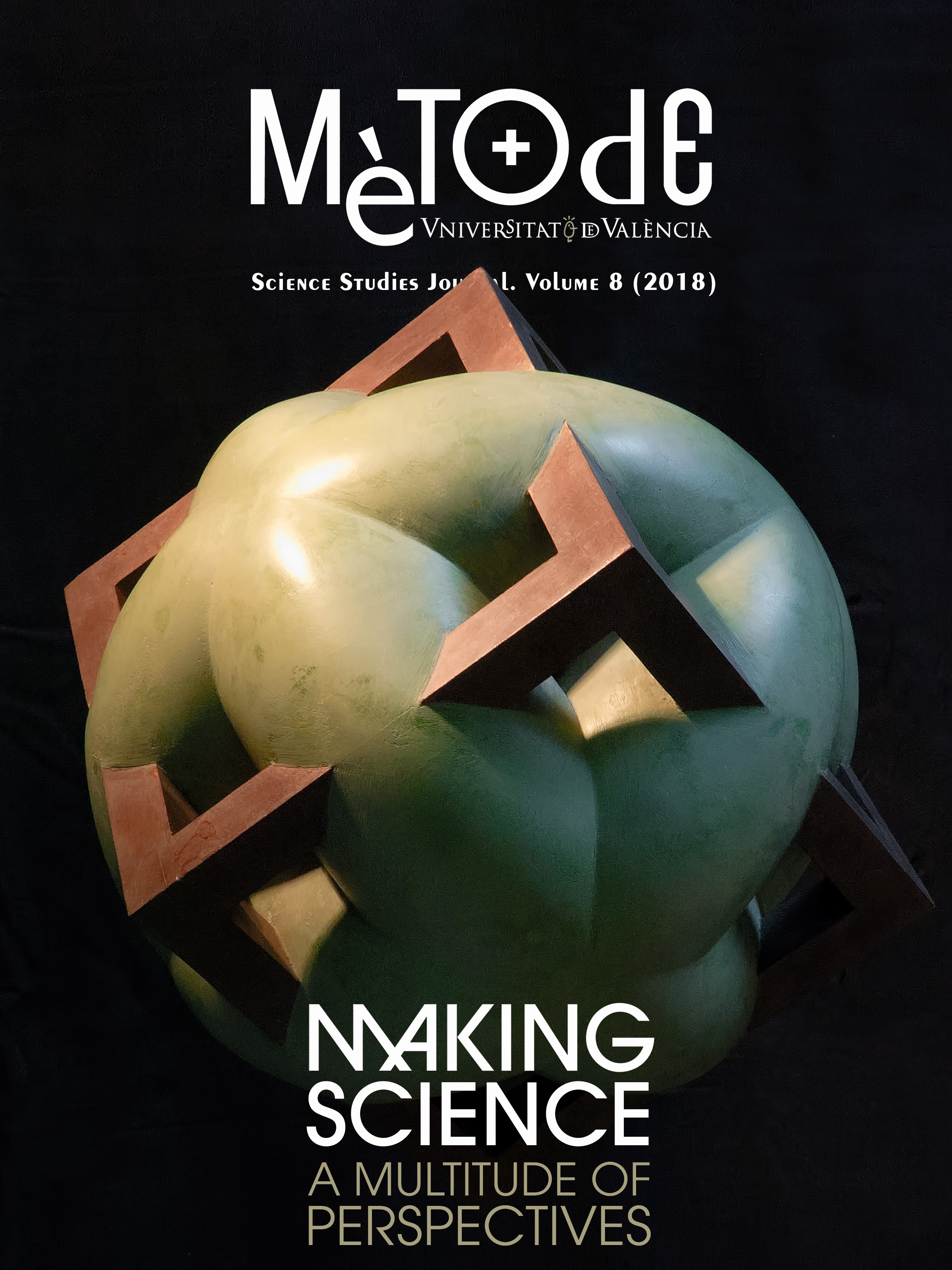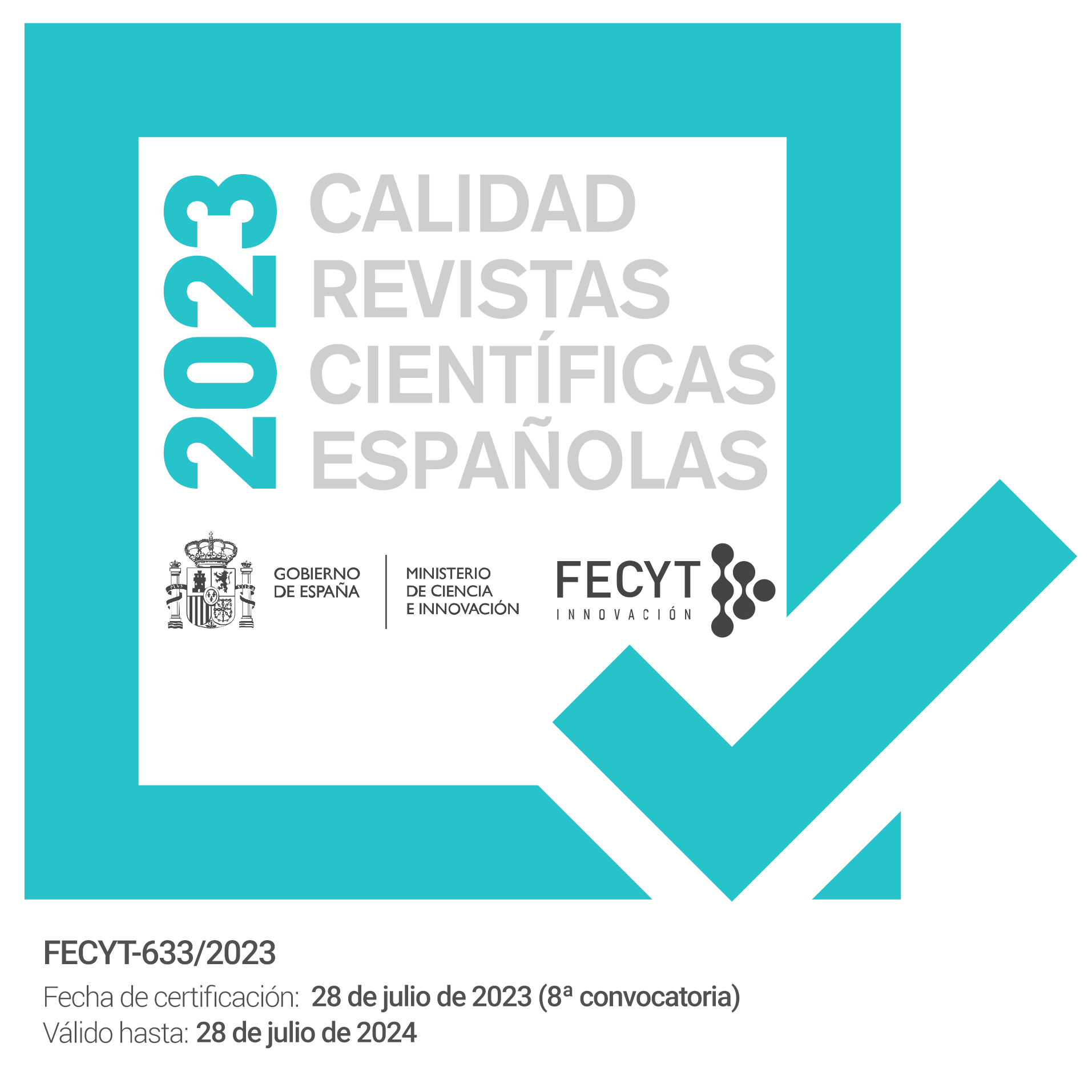The Hodge conjecture: The complications of understanding the shape of geometric spaces
DOI:
https://doi.org/10.7203/metode.0.8253Keywords:
complex geometry, topology, homology, Hodge theory, manifolds Abstract
Abstract
The Hodge conjecture is one of the seven millennium problems, and is framed within differential geometry and algebraic geometry. It was proposed by William Hodge in 1950 and is currently a stimulus for the development of several theories based on geometry, analysis, and mathematical physics. It proposes a natural condition for the existence of complex submanifolds within a complex manifold. Manifolds are the spaces in which geometric objects can be considered. In complex manifolds, the structure of the space is based on complex numbers, instead of the most intuitive structure of geometry, based on real numbers.
 Downloads
Downloads
 References
References
Atiyah, M. F., & Hirzebruch, F. (1962). Analytic cycles on complex manifolds. Topology, 1, 25–45. doi: 10.1016/0040-9383(62)90094-0
Grothendieck, A. (1969). Hodge’s general conjecture is false for trivial reasons. Topology, 8, 299–303. doi: 10.1016/0040-9383(69)90016-0
Hodge, W. V. D. (1950). The topological invariants of algebraic varieties. In Proceedings of the International Congress of Mathematicians (pp. 181–192). Cambridge, MA: American Mathematical Society.
Poincaré, H. (1895). Analysis situs. Journal de l’École Polytechnique, 1, 1–123.
Voisin, C. (2002). A counterexample to the Hodge Conjecture extended to Kähler varieties. International Mathematics Research Notices, 20, 1057–1075. doi: 10.1155/S1073792802111135
Weil, A. (1980). Abelian varieties and the Hodge ring. In Oeuvres Scientifiques Collected Papers III (pp. 421–429). New York: Springer-Verlag.
Downloads
Published
How to Cite
-
Abstract2365
-
(Español)6
-
PDF1275
Issue
Section
License
![]()
All the documents in the OJS platform are open access and property of their respective authors.
Authors publishing in the journal agree to the following terms:
- Authors keep the rights and guarantee Metode Science Studies Journal the right to be the first publication of the document, licensed under a Creative Commons Attribution-NonCommercial-NoDerivatives 4.0 International License that allows others to share the work with an acknowledgement of authorship and publication in the journal.
- Authors are allowed and encouraged to spread their work through electronic means using personal or institutional websites (institutional open archives, personal websites or professional and academic networks profiles) once the text has been published.





